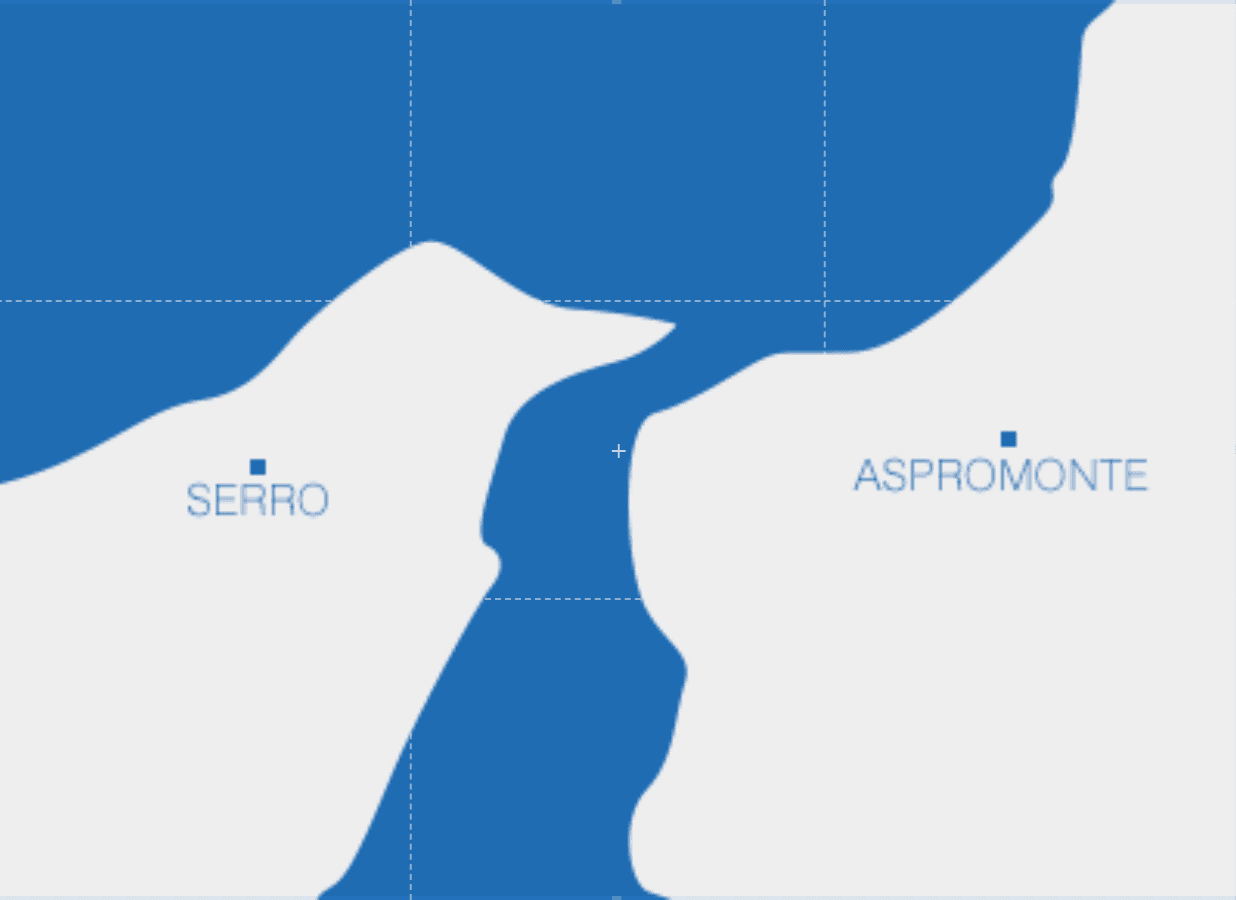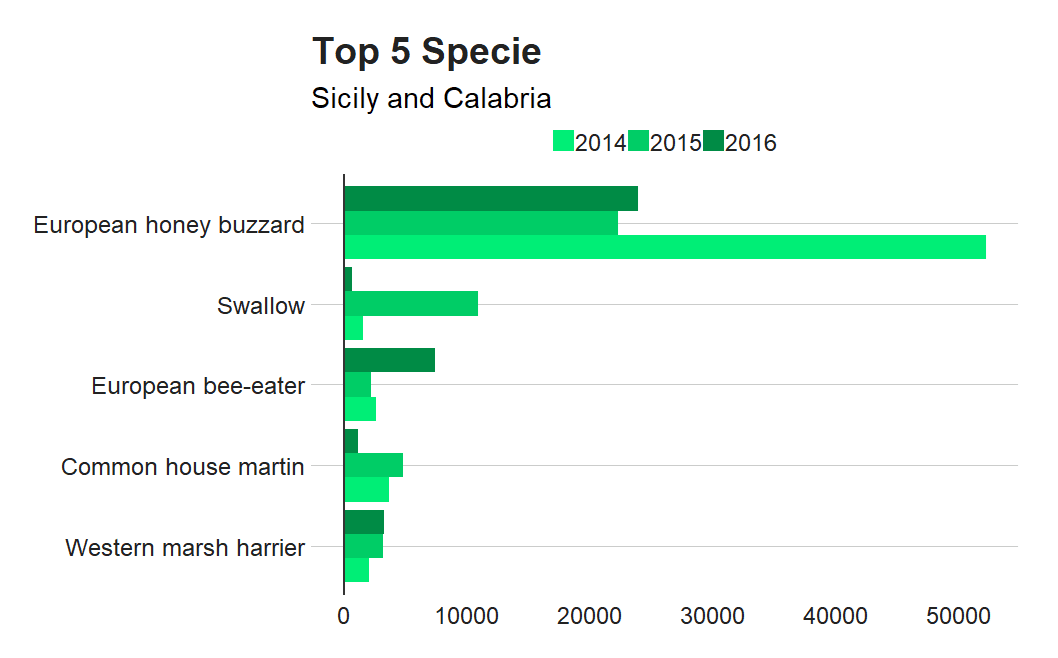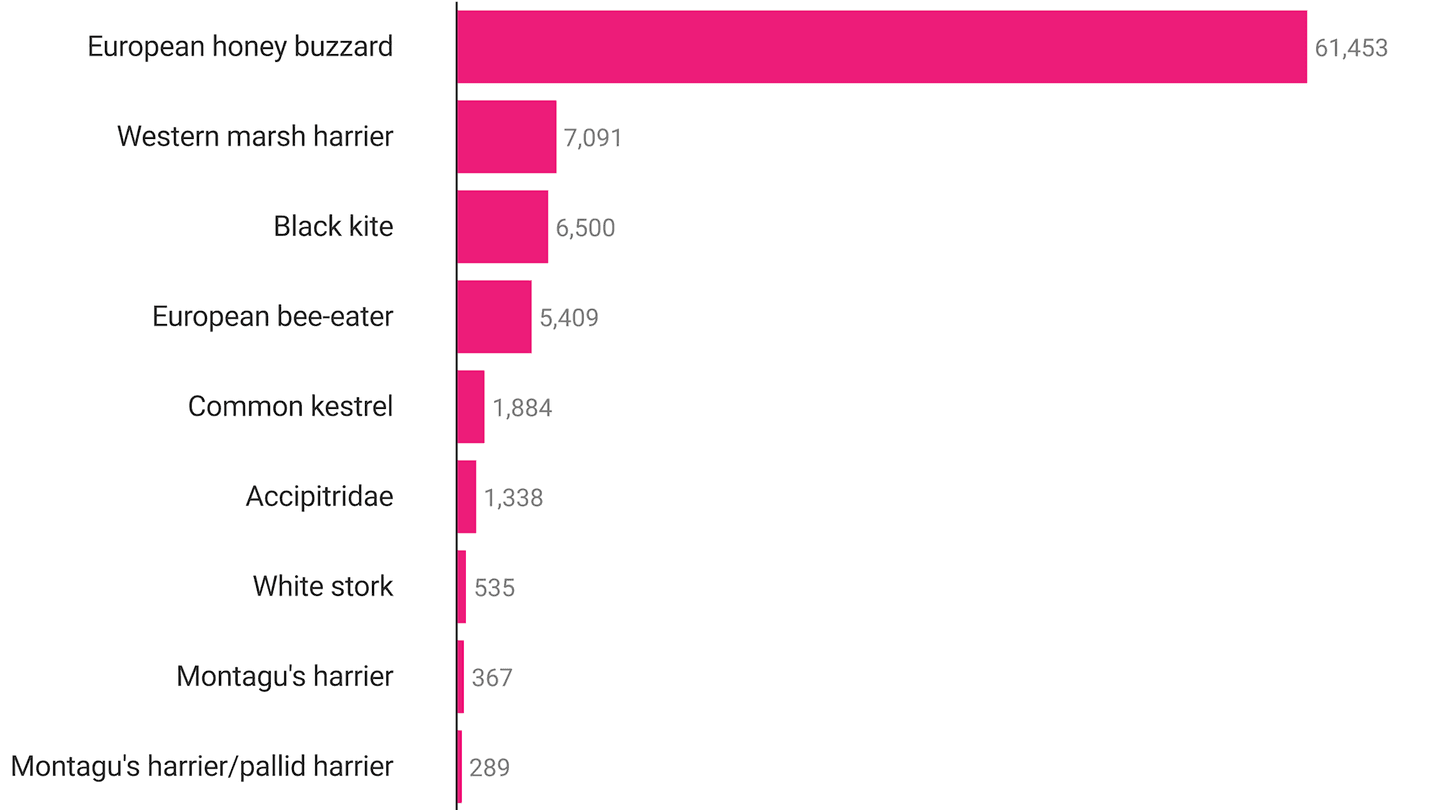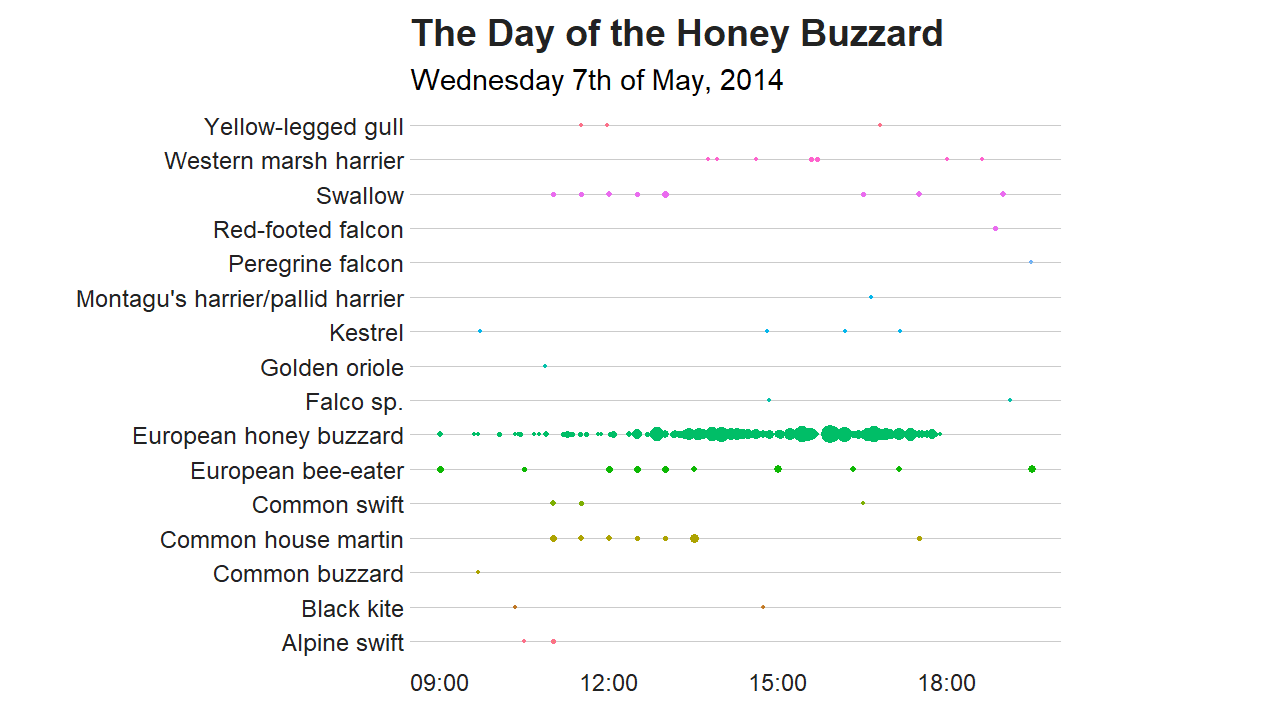There is an intrinsic relationship between the electricity grid and the natural world.
The activities of grid operators like Terna require careful analysis of the issues connected to respect for the environment and biodiversity, both in the construction phase and live use.
Depending on the habitat they cross, power lines can indeed represent a potential risk for birds, which could crash into conductors.
Faced with this and other similar problems, starting in 2001, Terna began to install “deterrents”, spiral devices that make power lines more visible to migratory birds. On Italian pylons, there are currently 14,728 deterrents on 66 lines, 266 km long, with an average of 850 new deterrents installed every year.





